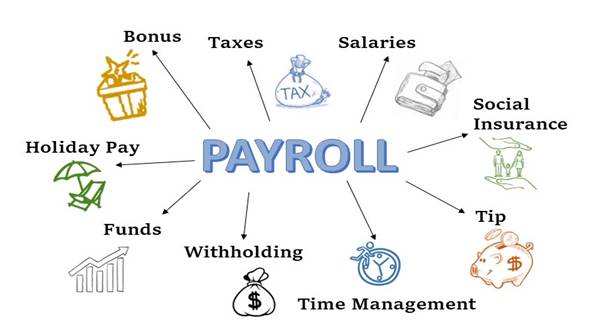One common pain point faced in payroll management is the complexity and time-consuming nature of the process. With numerous regulations, tax requirements, and constantly changing laws, businesses often struggle to ensure accurate and timely payment of their employees. Manual data entry, calculations, and record-keeping can lead to errors, inefficiencies, and compliance risks. Additionally, managing multiple payroll systems or integrating with other HR systems can pose challenges. These pain points highlight the need for streamlined, automated payroll solutions that simplify the process, reduce errors, enhance compliance, and save valuable time for businesses.
To avoid the difficulties of internal and legal concerns that could portend worse problems in the future, a properly operating payroll management system is crucial for a firm.Let’s Discuss about some of the common pain points in Payroll Management.

Each employee's payslip is unique and the payroll operations require a lot of paperwork. Using an antiquated system of manual paperwork and out-of-date software to handle such a sophisticated procedure is likely to slip up and result in numerous miscalculations and blunders because there is an unending number of things to compute for each payroll, be it sick leaves, overtime, tax deductions, and so on.
Legal problems and employee dissatisfaction are the results of a poor payroll process, and HR staffs are typically the ones who bear the brunt of the blame.
Every employee has a unique payroll slip, and even the same person's payroll slip can vary from month to month due to a variety of reasons.
Even with a small team of workers, it is difficult to easily compute the payroll from month to month.
Given that this is just one of his many responsibilities, it is quite simple for HRM professionals to overlook a new policy update that has to do with payroll because the government occasionally modifies a policy and adds a new term to the Employment Act.
All firms are required to maintain records of all employee pay and deductions for a maximum of five years, in accordance with the Employment Act's regulations.
It is a laborious task to store employees' records for up to 5 years utilising only manual paperwork procedures to handle payroll.
a) Lack of data
b) Calculation errors
c) Accessing certain documents efficiently and inaccessibly when necessary
Throughout the year, employees have a variety of rights and excuses for absence. Whether it be for National Service, maternity leave, months that were not completed, or unpaid leaves. This becomes a frightening worry because it is difficult to maintain track of where each employee is at any given time, and it is even more difficult to record that information on the payroll.
It is absolutely surprising that many HR teams are still notably behind in managing their processes given how modern technology is now. For such tasks, a large percentage of organisations continue to employ antiquated HRM software or manual payroll management. Most of the older software is not integrated and is incompatible with one another.
Last but not least, timely payroll processing is a duty that is frequently ignored, especially in larger firms. Some SMEs struggle to process and release payslips on time when it comes to paying staff. This is because payroll management is a very involved and challenging operation that frequently isn't given priority until the last hour.
Overall, payroll management is a very difficult procedure that HRM experts despise for good reason. It is understandable that the most modern firms are resorting by Payroll Implementation, which can easily handle all of their HR activities, including payroll management, while being incredibly taxing and sadly unfulfilling.






